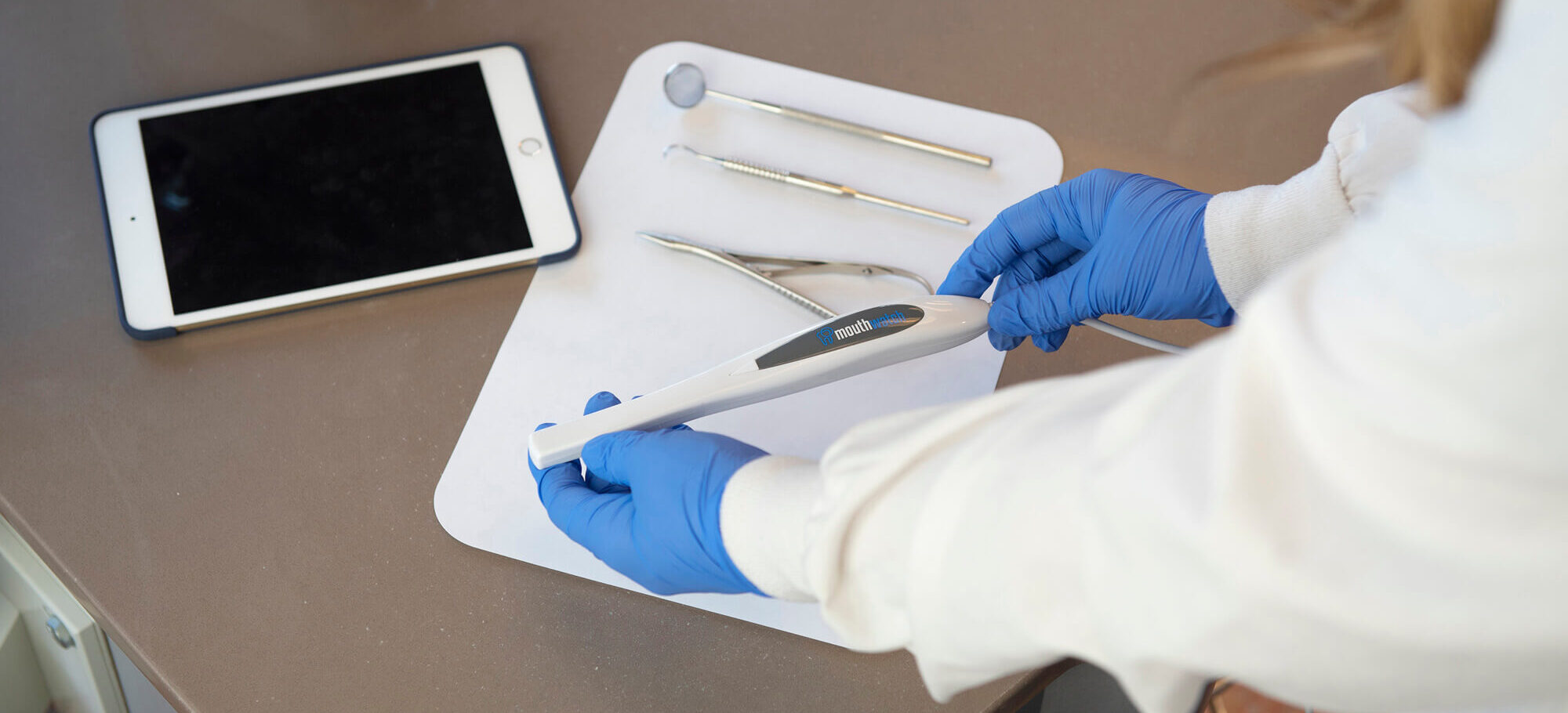
When it comes to delivering optimal oral health outcomes and driving practice growth, achieving high case acceptance rates is vital. But what exactly is case acceptance?
The most widely accepted definition of case acceptance is when a patient agrees to and, most importantly, follows through on the course of treatment recommended by their dentist or dental professional after being presented with their diagnosis and treatment options.
A high case acceptance rate isn’t just good for your practice’s growth – it’s instrumental in promoting better overall patient care. Think about it this way: your clinical expertise is rendered ineffective if patients aren’t on board with your prescribed treatment approach. Each rejected case represents a missed opportunity to improve someone’s oral health and quality of life.
Improving case acceptance allows you to provide the comprehensive care required to safeguard your patients’ long-term oral health. From preventative cleanings to fillings to advanced procedures, their willingness to follow your guidance means you can effectively restore, maintain, and optimize both their oral and systemic health. Prioritizing the patient experience at your practice means that you’re cultivating a collaborative patient-provider relationship built on trust, open communication, and shared commitment to achieving excellent oral health.
When patients embrace your recommended treatment plan, they become active, empowered participants in their own care journey. This sense of investment and buy-in directly translates to a positive, productive experience – from your first conversation about their needs to their time in the chair to their post-op satisfaction. Prioritizing case acceptance just makes for all-around better dentistry.
So how can you start motivating more patients to say “yes” to necessary treatment?
1. Connect with Patients on a Personal Level
Connecting with patients on a personal level and making them feel heard, understood, and valued at every touchpoint is key.
The first step is understanding your patients’ goals and needs in relation to not just their dental health, but their overall wellbeing. Involve your entire team in the process of getting to know patients as individuals and building trust across the full care journey. Even in this modern age, many patients still feel anxious about dental visits. The more you can humanize the experience and make them feel comfortable, the more open they’ll be.
And don’t limit conversations to just clinical matters – take time to discuss their lives, interests, and priorities. You’ll find much more success when patients see that you genuinely care about their wants and needs holistically.
2. Prioritize Patient Education and Empower Understanding
Patients who truly understand their dental issues, the consequences of neglecting treatment, and the benefits of undergoing recommended procedures are far more likely to embrace your recommendations.
Effective patient education goes beyond mere information delivery; it involves tailoring your approach to each individual’s needs, concerns, and learning preferences. Incorporate a variety of educational tools and techniques, such as images, videos, interactive models, and easy-to-understand analogies, to explain dental conditions and procedures in a way that resonates with each patient.
Encourage an open dialogue by actively listening to patients’ questions and addressing their concerns with empathy and clarity. It’s critical that patients understand you empathize with any concerns they have, whether it’s cost, potential discomfort, or disruption to their daily lives. By taking the time to ensure patients thoroughly comprehend their situations and treatment options, you can build a strong foundation of trust and empower them to make informed decisions about their oral health.
3. Offer Flexible and Transparent Financial Solutions
Financial concerns are often cited as a major barrier to case acceptance, as treatments can come with substantial out-of-pocket costs for patients.
The numbers don’t lie – according to data from the American Dental Association, 1 in 5 US adults aged 19-64 lack dental coverage. Even for those with dental benefits, treatments beyond basic dental care can still require hefty coinsurance payments of 50% or more.
With cost clearly being a major pain point, it’s essential to provide flexible payment options that accommodate various budgets and financial situations. Consider offering payment plans that allow patients to spread out the cost over time through manageable installments. Provide third-party financing solutions with easy approval and reasonable interest rates. You can even explore in-house membership plan options.
The key is making dental care financially accessible by removing cost barriers and presenting affordable solutions upfront. By taking time to understand each patient’s situation and transparently explaining all pricing and payment avenues, you alleviate a huge burden. Patients can then prioritize their oral health without feeling trapped by sticker shock or having to compromise on quality care.
4. Use Visuals During Case Presentations
Verbal explanations alone often fall short in helping patients fully grasp the extent of their dental issues or the necessity of certain treatments. This is where the power of visual communication becomes invaluable. Intraoral cameras allow you to easily capture and share images and videos that provide patients with a crystal-clear, up-close view of their oral conditions.
When patients can see for themselves the areas of concern, such as cavities,fractures, or gum disease, they are better equipped to understand the reasons behind your treatment recommendations. By incorporating intraoral cameras into your presentations, you can effectively educate patients, address their concerns, and increase their confidence in your recommended treatment. This visual reinforcement not only enhances patient comprehension but also builds trust and rapport, ultimately leading to higher acceptance rates.
Better Case Acceptance for Better Outcomes
By implementing these 4 strategies – connecting with patients on a personal level, prioritizing patient education, offering flexible, transparent payment options, and leveraging visuals during case presentations – you can effectively address common barriers to case acceptance and create an environment that empowers patients to take control of their oral health.
Investing in these efforts not only leads to improved patient satisfaction and stronger relationships but also drives practice growth by increasing treatment acceptance rates. Embrace the power of visual communication, education, and financial accessibility to unlock higher case acceptance and elevate the standard of care in your dental practice.
